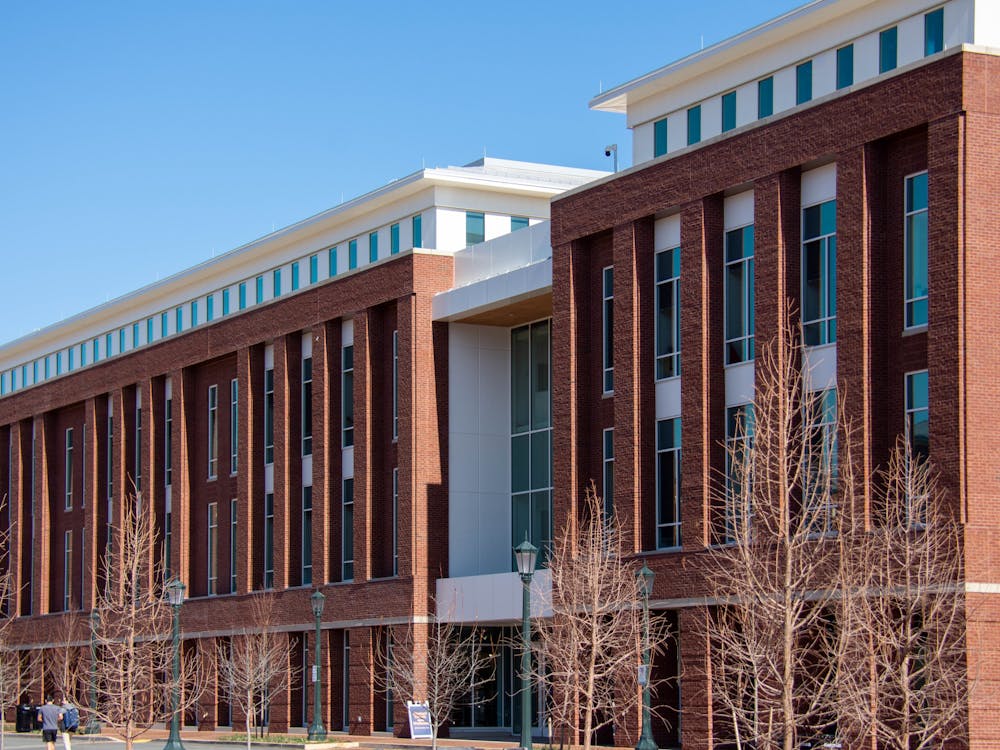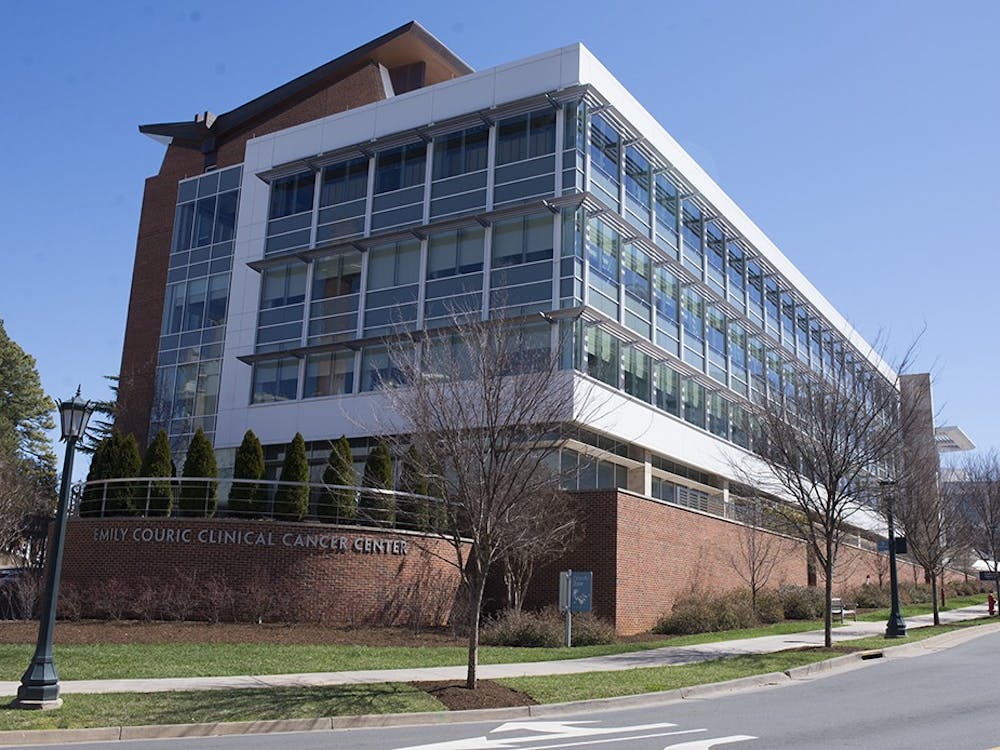A young professor meets with a first-year student to discuss an upcoming exam behind closed doors. Should either party later accuse the other of inappropriate conduct, no one can reliably say exactly what occurred.
According to Faculty Senate Chair Marsha D. Childress, such a scenario is why most faculty members harbor a policy of leaving their doors open when meeting with students -- especially with recent allegations of inappropriate conduct emerging at the University and nationwide.
In cases where harassment does occur, students and employees often are forced to consider the academic and professional consequences of making an accusation against a professor or supervisor, said Brad Holland, interim director of the Equal Opportunity Programs Office at the University.
"Part of the problem is that students feel vulnerable," Holland said. "Someone has your future in their hands and you don't want to risk retaliation."
Though the University takes preventative measures during investigations to protect those making an accusation, Holland said the specialized nature of relationships can make it difficult to do so.
Graduate students, for example, often work closely with their faculty mentors and risk compromising their research and future letters of recommendation by making accusations of harassment, said Claire Kaplan, University sexual assault education coordinator.
Ethan Sribnick, president of the Graduate Labor Union at the University, said the key to avoiding conflicts is creating institutionalized systems and procedures to handle such situations.
Beyond direct action by the University, however, there is scant legal recourse for those involved in all but the most clear-cut cases of sexual harassment.
"There's a very demanding standard for what constitutes sexual harassment," University law Prof. J. H. Verkerke said. "Though, certainly there are those who feel that sexual harassment policies have gone too far and become a civility code."
In some cases what one considers harassment could be seen by another as innocent flirting. Though some would point to such a gray area as a potential roadblock in defining harassment, Holland said he considers the University's regulations to be "pretty black and white" when dealing with relationships that involve an imbalance of power.
"The policy is to avoid any apparent or actual contact," he said. "By the time someone comes in here, it's a serious issue and needs to be taken seriously."
Still, when it comes to more casual interactions, both inside and outside of a professional setting, Childress said professors are encouraged to take extra precautions to avoid allegations of misconduct.
"It provides for the safety of everybody," Childress said. "People don't want their lives complicated in that way."
Depending on the exact nature of a complaint, Holland said the University either will conduct an investigation through the Office of Equal Opportunity Programs or the individual department with responsibility for those involved.
Last semester, the Office of EOP received four or five complaints for cases of sexual harassment, which is only slightly higher than in years past, Holland said.
Following an investigation by the Office of EOP, recommendations then are made to the relevant University vice president, which for most faculty members is the Provost's office.
Depending on the severity of the offense, action is then taken to resolve the conflict. University Vice Provost for Faculty Advancement Gertrude Fraser said this typically is accomplished through training, mediation or termination of responsibilities.
Last year, the University implemented a mandatory biannual training program for most employees, including faculty and administrators. The two-hour session is conducted through the Office of EOP and involves both discussion and role-play scenarios.
Of course, claims of harassment are not limited to professor-student interaction. Senior Associate Dean of Students Shamim Sisson said her office receives a handful of complaints each semester regarding sexual harassment. These typically arise between individuals with prior romantic involvement.
With most complaints a simple letter to the accused student resolves the issue, Sisson said, though cases can be referred to the University Judiciary Committee for further action.
Despite such measures, many involved with sexual harassment adjudication agree that most cases are not reported -- a situation which is not unique to the University.
"I'm not convinced that any policy can prevent anything," Kaplan said. "Policies are only as good as the people enforcing them."
To this end, Childress said the implementation of mandatory training programs and other awareness measures can go a long way toward changing the general climate.
"I think [the issue of sexual harassment] is on people's radar screens more than it used to be," Childress said. "It's become more a part of our public vocabulary."
Despite increasing cultural awareness of sexual harassment, however, some feel there is more that can be done at the University.
"Certainly we don't do as much with it as we do with sexual assault," Sisson said.






